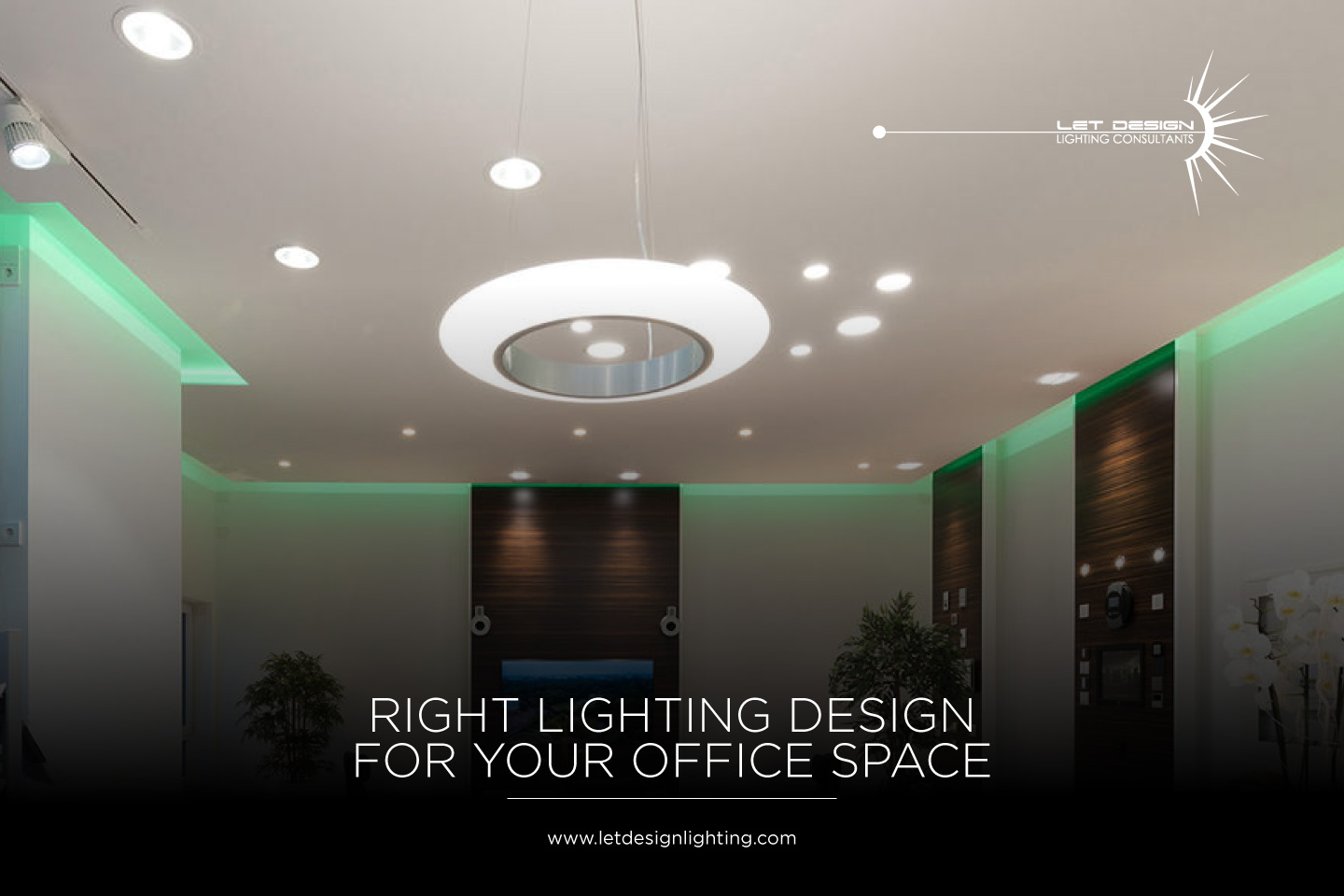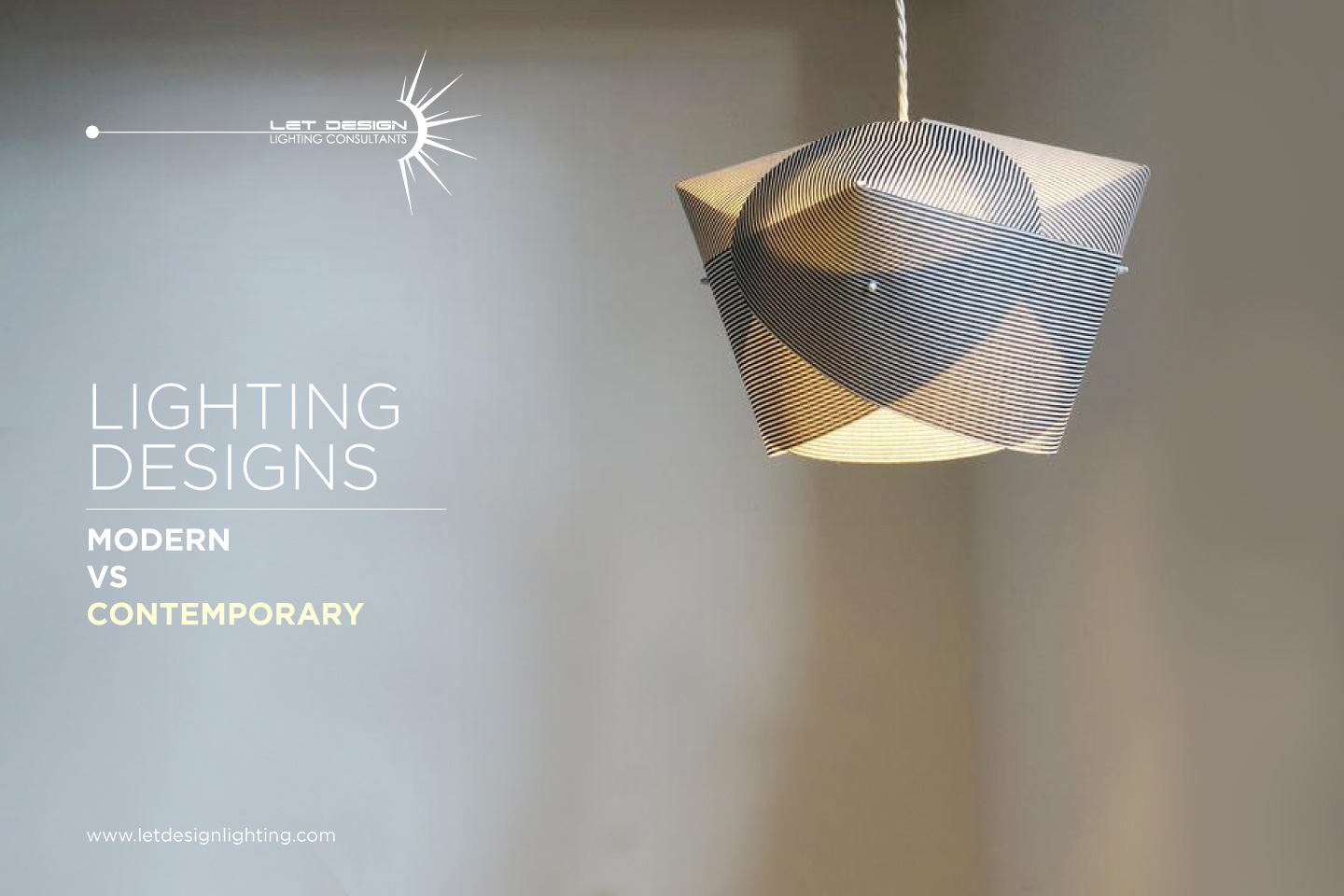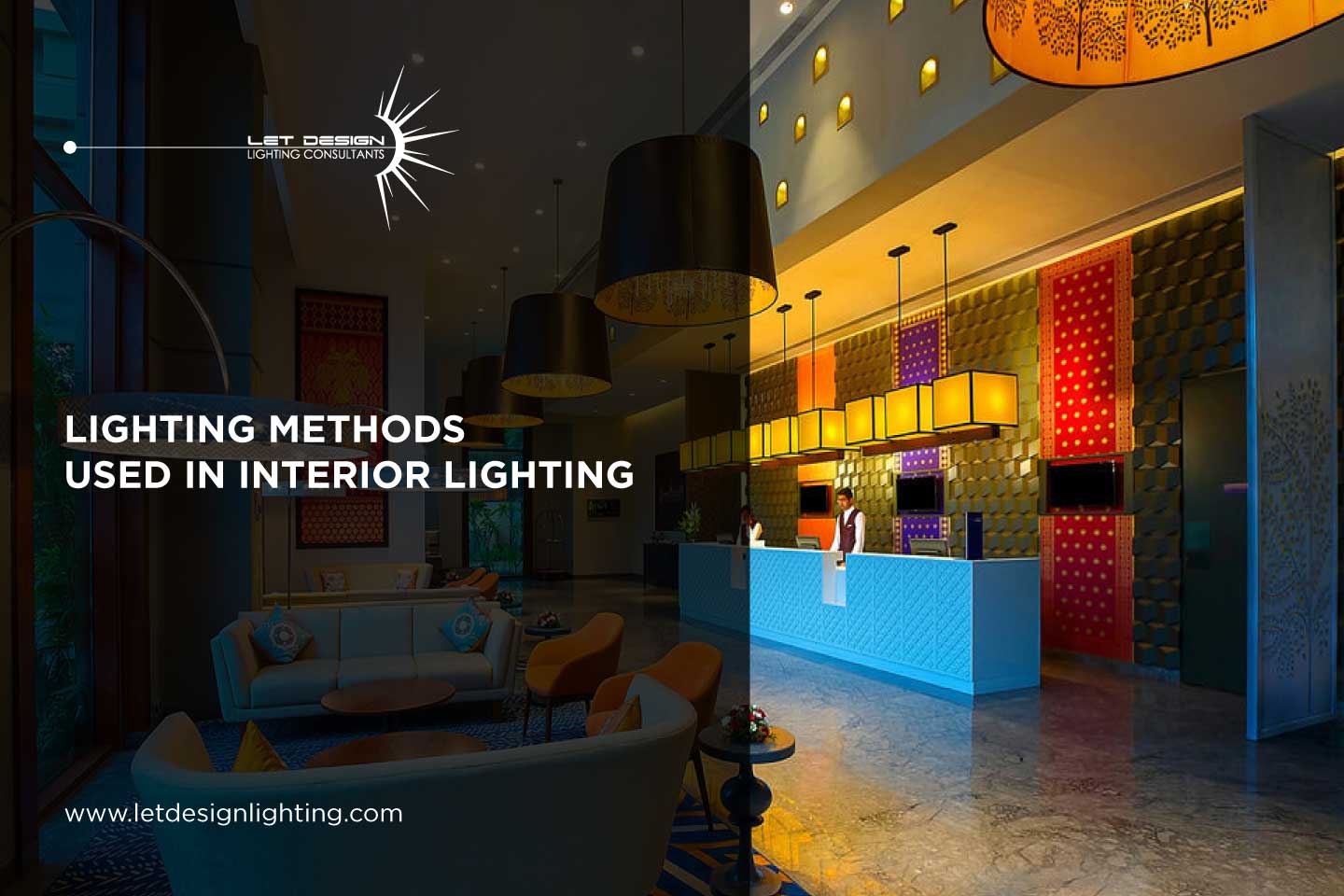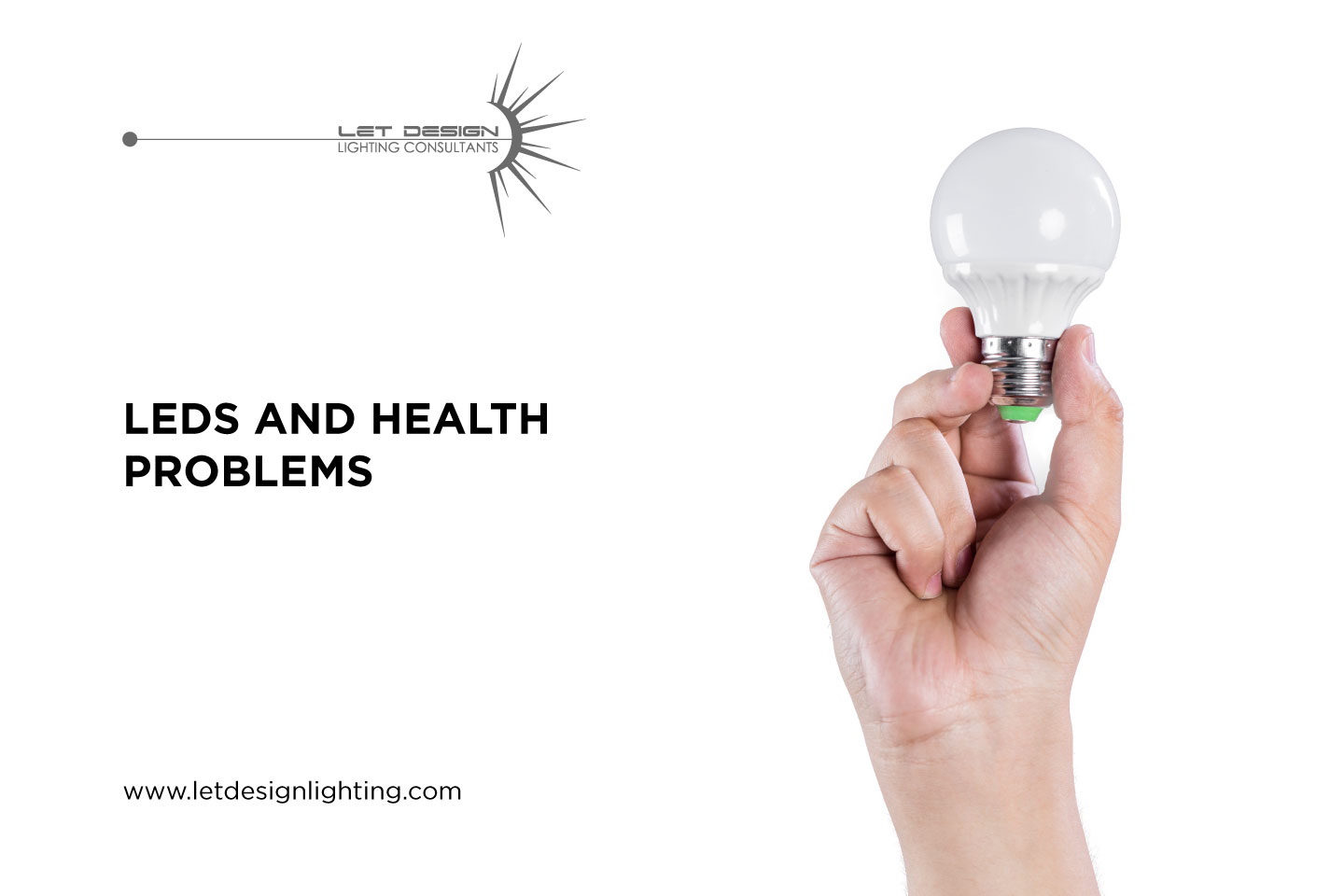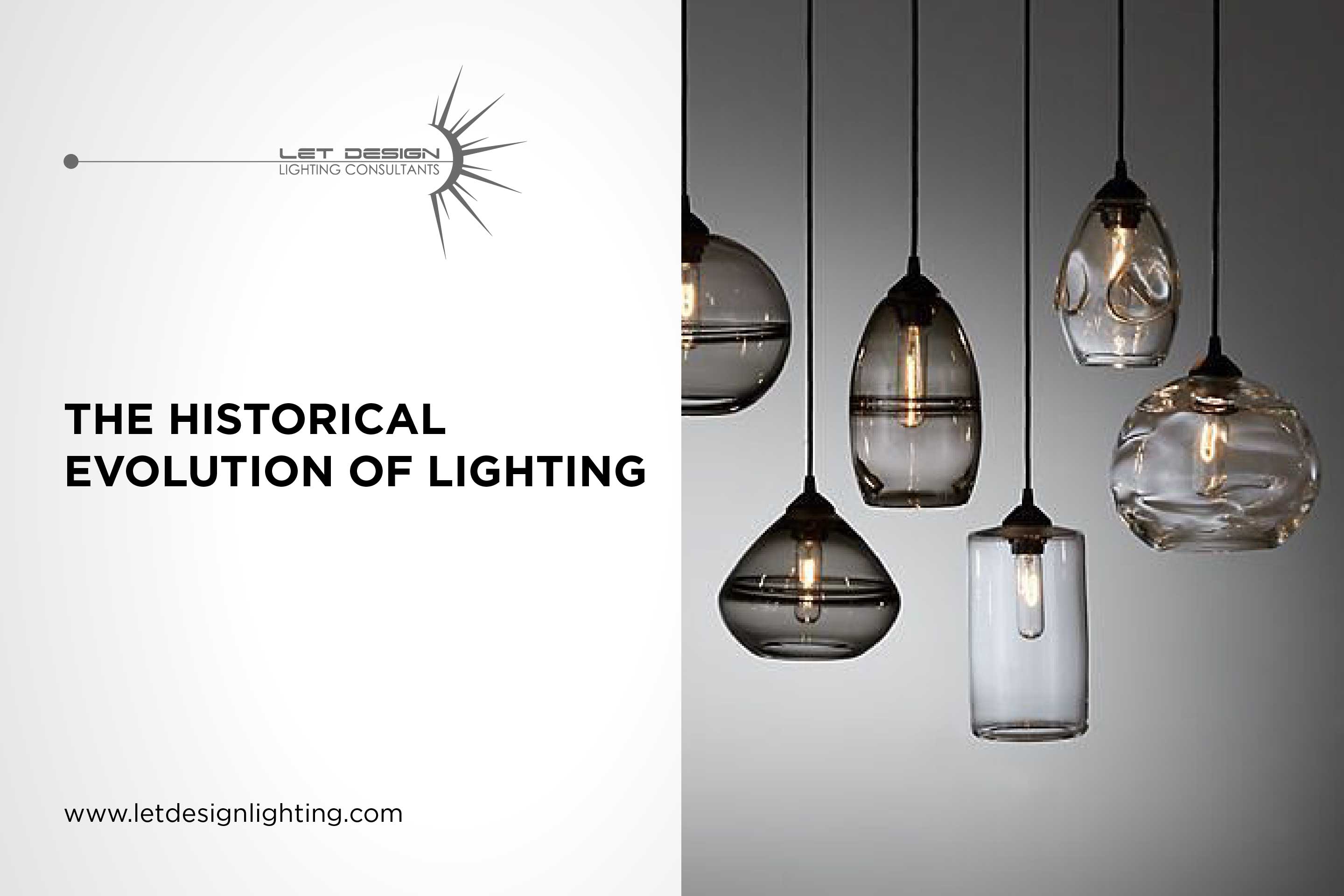
In the previous blog, we learned the fuel source, the luminaire, and the technology used to produce visible light. Today let’s see the remaining history of lighting.
Lantern
Lantern is a device used to illuminate surrounding space. It can be portable or fixed to a place. It can be used as any kind of a light source, for signaling, decoration, in religious rituals or in celebrations. They are basically a light source enclosed in a container that protects the flame so the wind would not put it out but light can pass through.
Paper Lantern
Paper lanterns are special kind of lanterns that originate from China and Japan. They are made from paper or silk, with frame from bamboo or wood and a lit candle inside as a source of light. Modern paper lanterns have battery-operated lamps. Traditional paper lanterns were made in the image of myths, things from nature and or in the spirit of local culture.
Sky Lantern
Sky lantern is essentially a small hot air balloon made out of paper that has a wire construction at the bottom where the fire is. Fire generates hot air, which is lighter than the cold air, and it lifts the lantern.
Street Light
Lack of natural light during night time in the urban environment was always a problem. First organized method of public lightning was done on 1417. First electric streetlight used arc lamps, namely “Yablochkov candle”. It was first used in 1878 in Paris. After spreading the arc lamps in the United States, by 1890 there were more than 130,000 arc lamps installed as street lights.
Light Bulbs
One of the greatest inventions in human history is incandescent light bulb. Evolution of an incandescent light bulb starts with an experiment that Sir Humphry Davy performed in 1802. James Bowman Lindsay demonstrated in 1835 an “incandescent light bulb” for which he claimed that with it he could read in the dark at the distance of 45cm. Tomas Edison tries to make usable light bulb in 1878. After experimenting with different materials, Edison concentrated on carbon filaments. October 1879 with light bulb that lasted 13 hours.
Light is powerful tool that can enhance the built environment via the careful use and interplay of light and space, light and form, light and surfaces, light and texture, light and colour and light and people. To know more about lighting, talk to our experts at LETDesign Lighting consultants India today.
Back to Blogs Page




